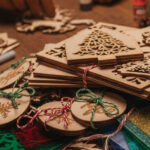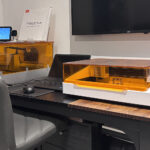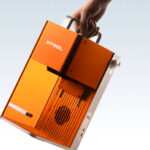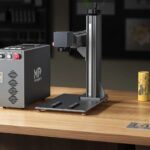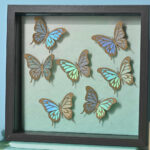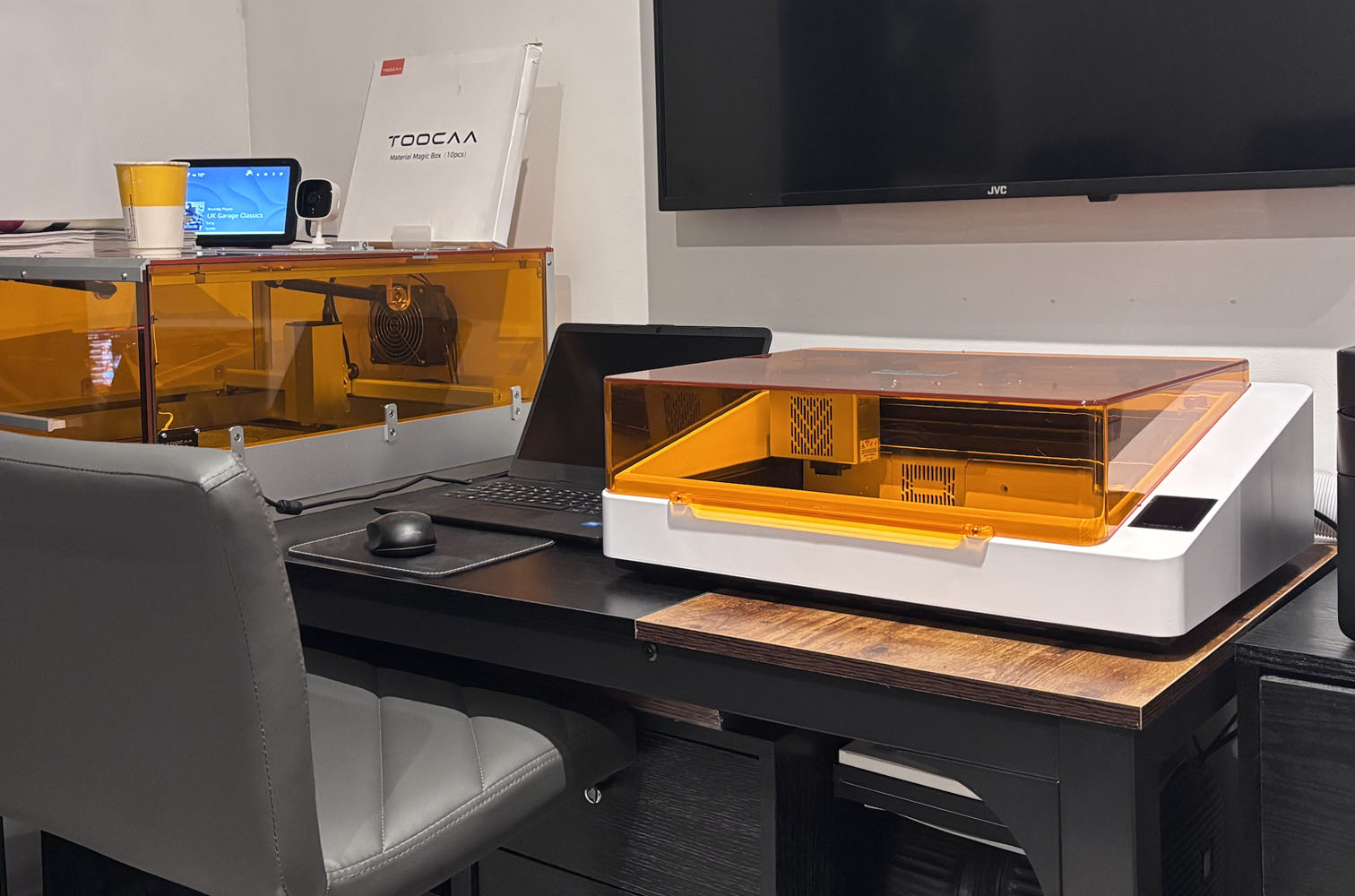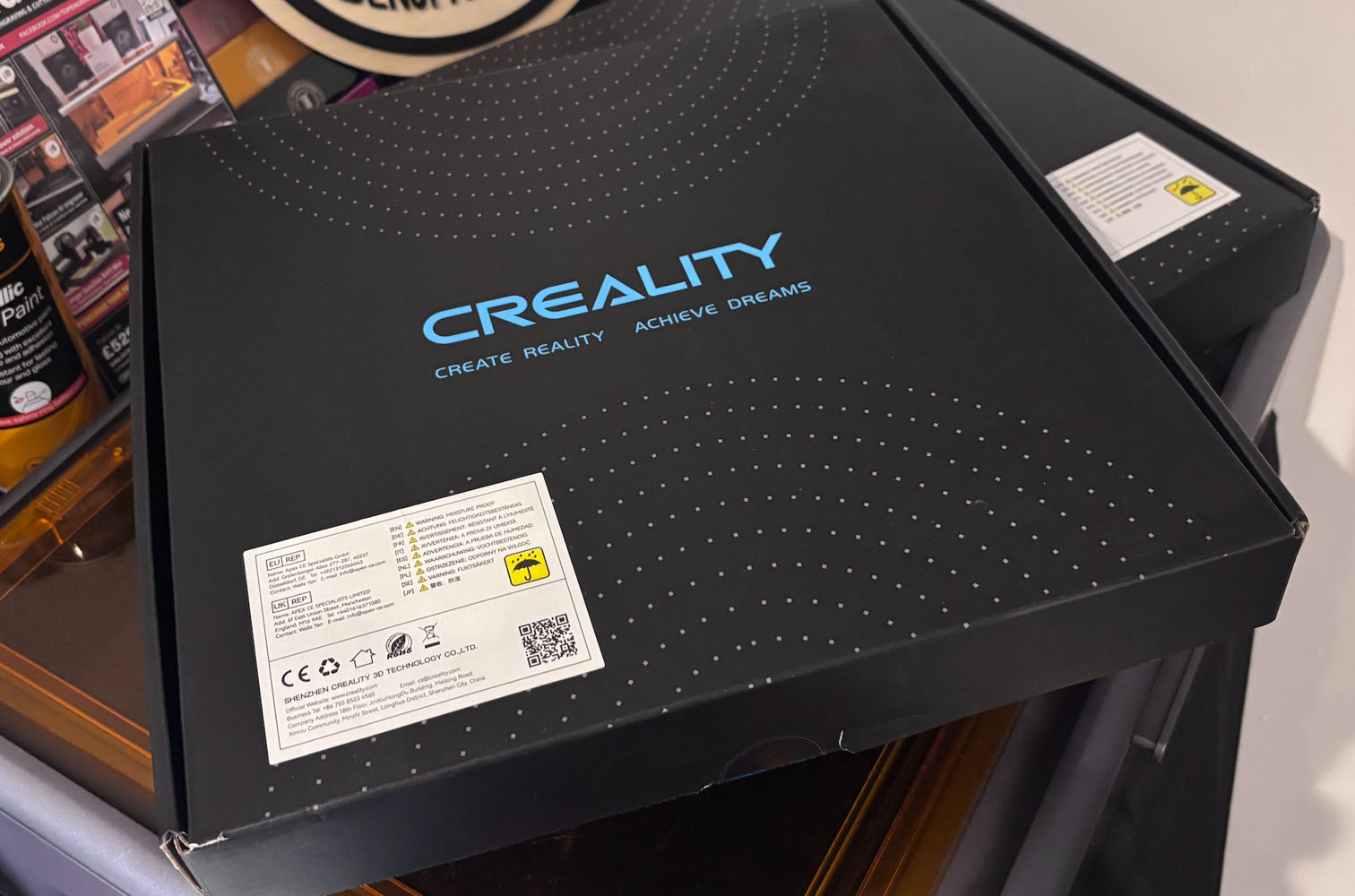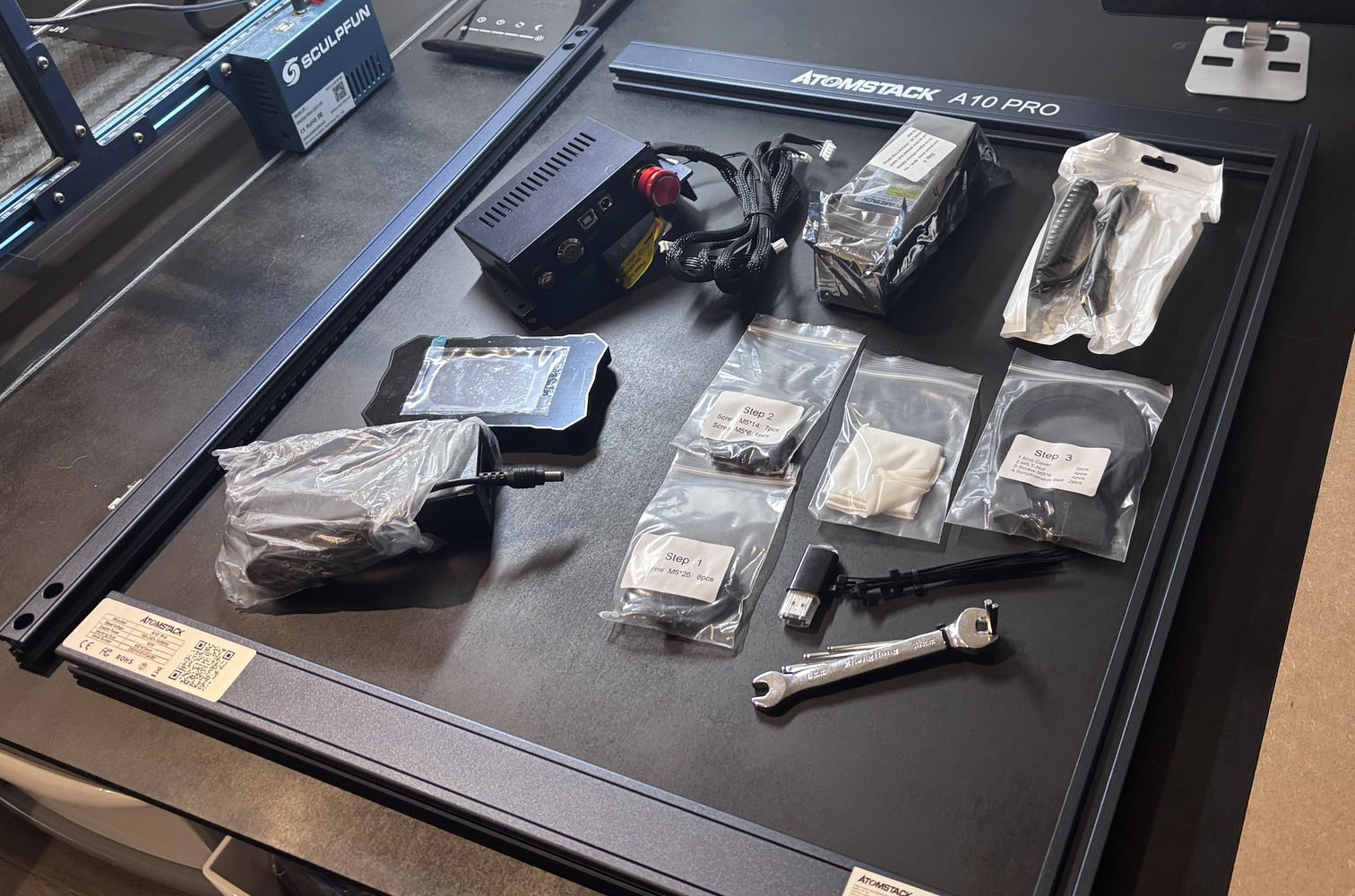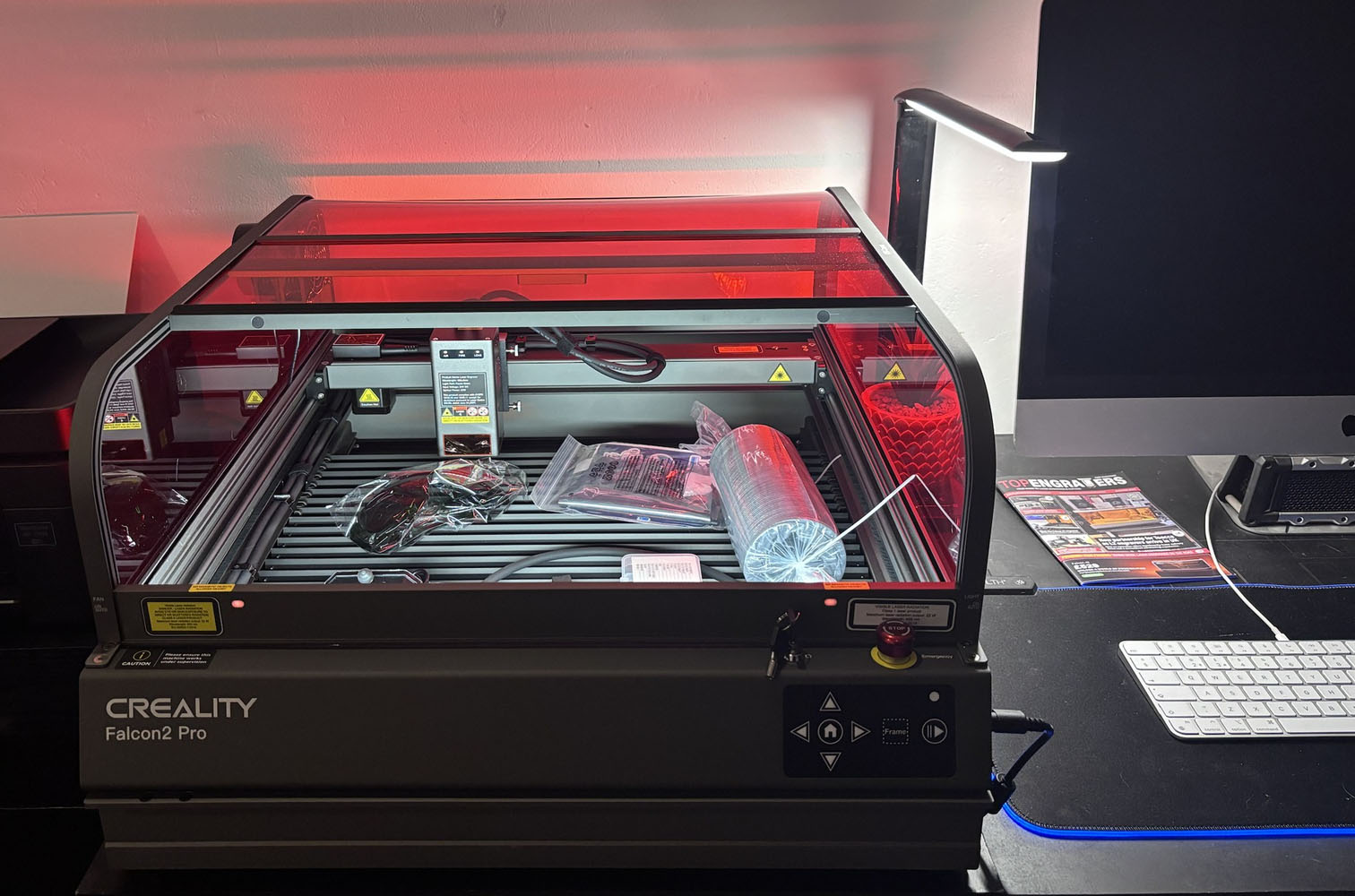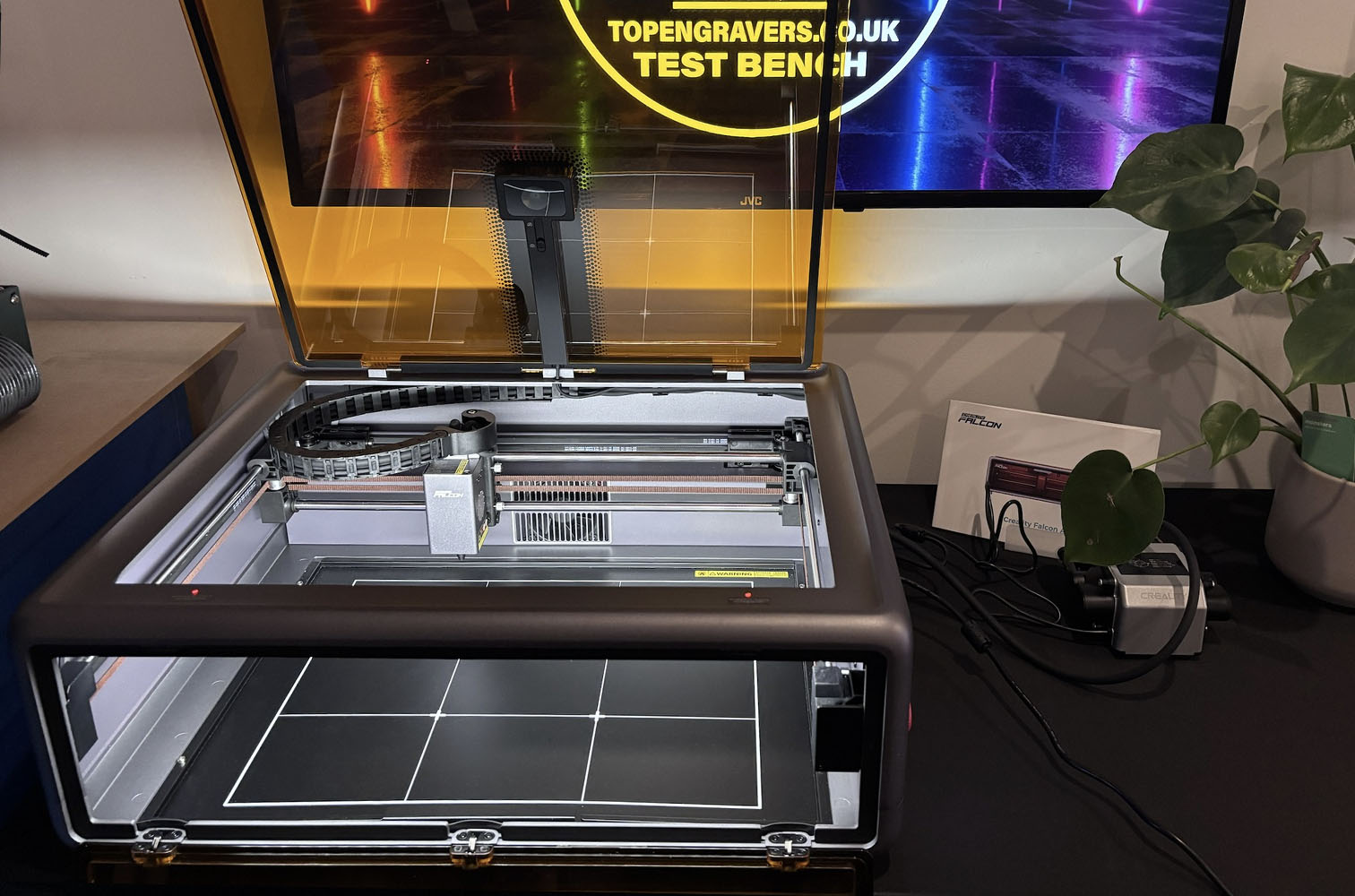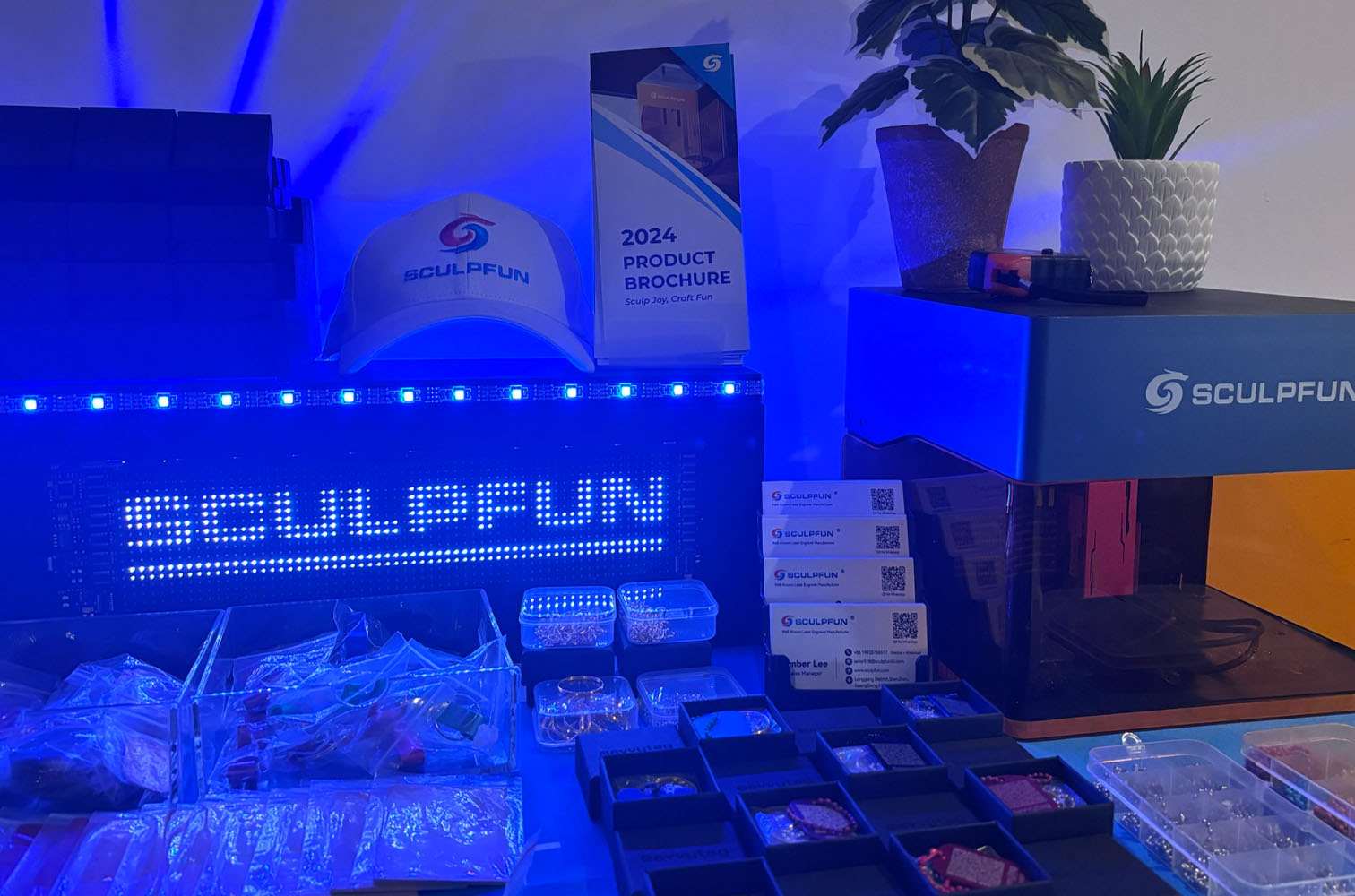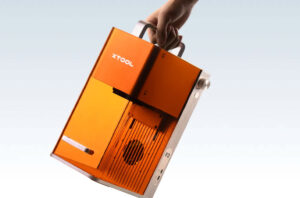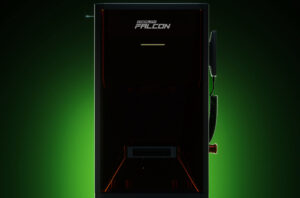

Blank metal engraving coins – A word of caution for diode and IR laser owners
In the dynamic world of laser engraving, the quest for new and exciting materials is constant. Many enthusiasts, drawn by the promise of personalised metallic creations, might stumble upon seemingly suitable blank metal coins online. At TopEngravers, we understand the desire to explore new mediums without wasting your hard-earned money.
That’s why we recently put a popular set of blank metal coins to the test with common diode and infrared (IR) lasers to see if they live up to their “engravable” description. The results, we must caution, are less than ideal for many laser owners.
We purchased a box of 30 WEBEEDY branded ‘Blank Challenge Coin Metal Stamping Sublimation Blanks Bulk Engraving Round Tags Threaded Edged Coin with Acrylic Protection Box for Valentine’s Day Gifts, Gold, 40mm’ from Amazon for £32. The product description explicitly touted these coins as “engravable blanks,” suggesting they would be a versatile canvas for various patterns or text. They are described as being approximately 40mm in diameter and 3mm thick, crafted from “high-quality solid iron, with threaded edge, fine workmanship ensure the practicality and durability, surface is smooth and shiny, not easy to break or deform, for a long time use.” For many laser engravers, this description would sound like a perfect match for adding custom designs.
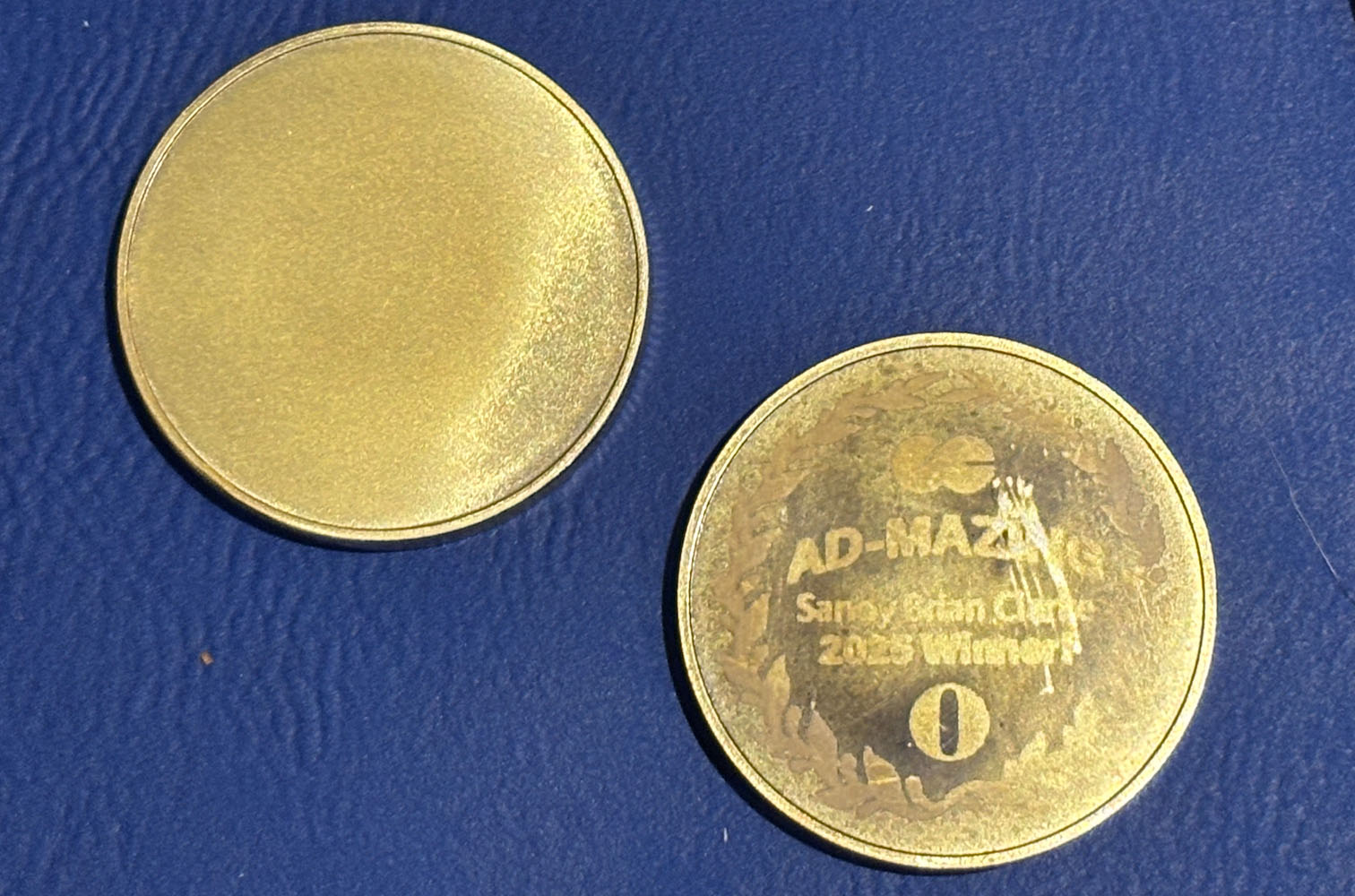
Our testing began with a 20W Diode laser engraver. With our extensive experience, we anticipated the outcome, but for the benefit of our readers, we confirmed it: absolutely no mark was left on the coin’s surface. Diode lasers typically operate at a wavelength that struggles to interact effectively with highly reflective or bare metal surfaces without a specific coating.
Next, we turned to an IR (Infrared) 2W laser. While IR lasers are known for their ability to mark certain metals and plastics, often by causing a subtle discolouration or bonding with a surface treatment, we were met with disappointment. Despite our expectations, the IR laser, when applied directly to the coin, failed to leave any discernible marking. This was a surprising outcome given the capabilities of IR lasers on various materials.
Based on these initial direct tests, it became clear that these WEBEEDY coins cannot be used with IR lasers or standard diode lasers straight out of the box. The “engravable” claim, in this context, appears to be misleading for owners of these common laser types.
Undeterred, we then explored pre-treating the surface, a common workaround for marking metals with diode and IR lasers. Our first attempt involved applying a layer of car spray paint to the coin’s surface. We then ran the IR laser over the painted area. This did indeed show a faint impression of the design. However, the crucial flaw emerged when we attempted to clean the coin: wiping off the spray paint also completely removed the underlying IR marking. This renders the method impractical for any lasting or clean engraving.
Next, we tried a more accessible pre-treatment: a permanent marker pen. We thoroughly covered a coin with black permanent marker ink and then applied the IR laser. To our dismay, the IR laser couldn’t even penetrate the pen ink, let alone leave a mark on the coin itself. This indicated a lack of sufficient power or incorrect wavelength interaction for the specific ink and coin material combination.
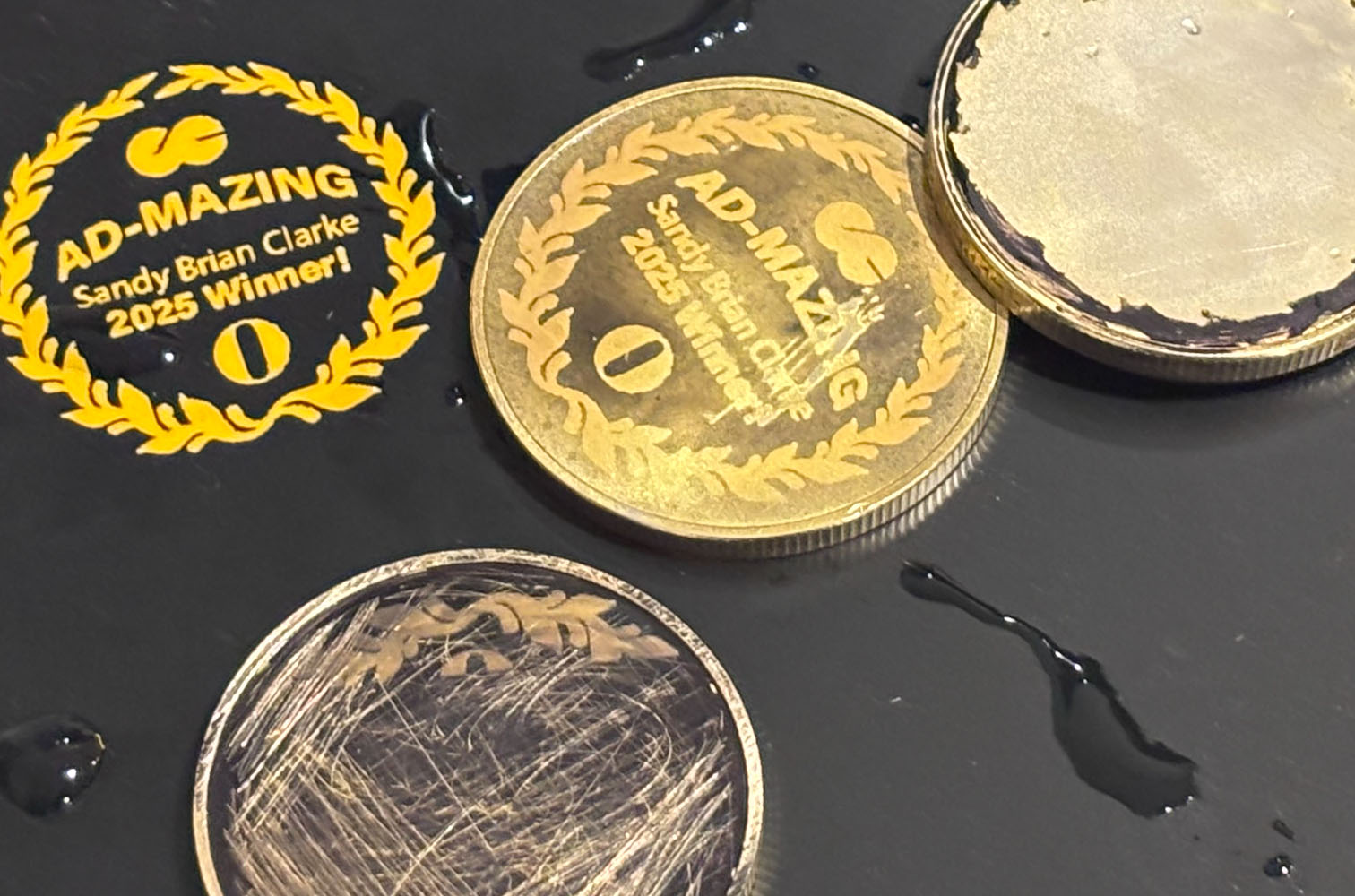
Finally, we revisited the 20W Diode laser and applied a test to a coin covered with black permanent marker. This “kind of worked” – a faint design was visible, but the overall appearance was messy and dirty due to the laser’s interaction with the ink. The real disappointment came, predictably, when we attempted to clean the coin: as soon as we wiped off the black marker, the “engraving” disappeared entirely, and worse, some of the original gold coating on the coin also came off. This confirmed that the interaction was merely with the surface treatment, not a permanent mark on the coin’s material itself.
In conclusion, while these WEBEEDY ‘Blank Challenge Coins’ are described as “engravable,” our tests unequivocally show that they are not suitable for use with standard 10W or 20W diode lasers, nor with 2W infrared lasers, at least not without specialised and likely expensive marking compounds that were not tested. The seller’s product description needs to be significantly clearer to prevent consumers from purchasing these blanks under false pretences for their diode or IR machines.
These coins might potentially engrave with a fibre laser, which operates at a different wavelength and has superior metal marking capabilities. However, if you are a DIYer or small business owner relying on a diode or infrared laser engraver, we strongly advise you to save your time and money.
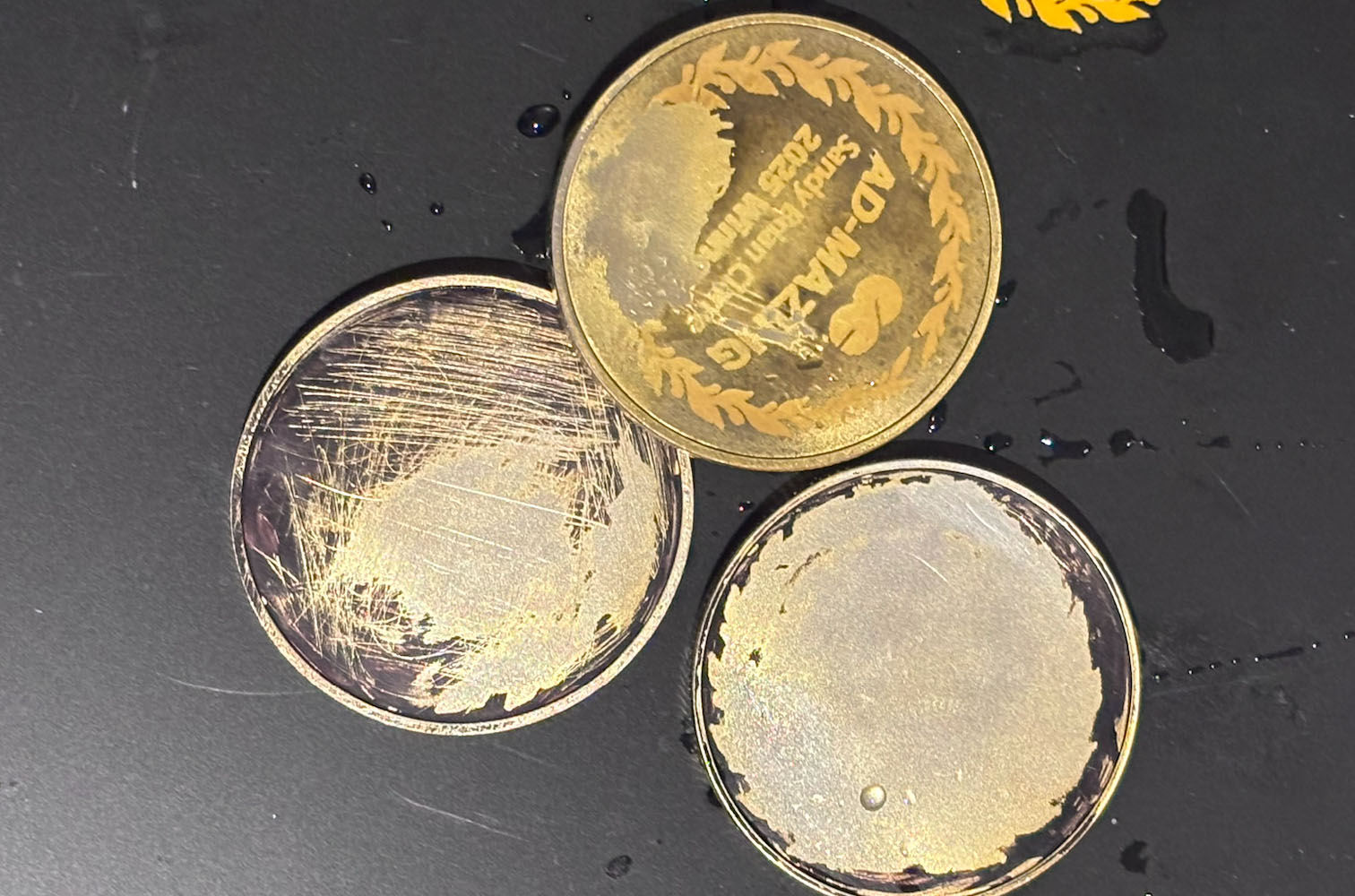
These particular blanks, in their advertised state, are simply not compatible with your equipment for producing lasting, high-quality engravings. Look for alternative metal blanks specifically advertised as “diode laser compatible” or “IR laser compatible” for genuine results.
UPDATE: Further Testing with TOOCAA IR 2W Laser Head Yields Promising Results
Following our initial review, we conducted further rigorous testing with the more reliable TOOCAA IR 2W Laser Head. We are pleased to report that with optimised settings, we successfully achieved clear and permanent engravings on these WEBEEDY blank metal coins.
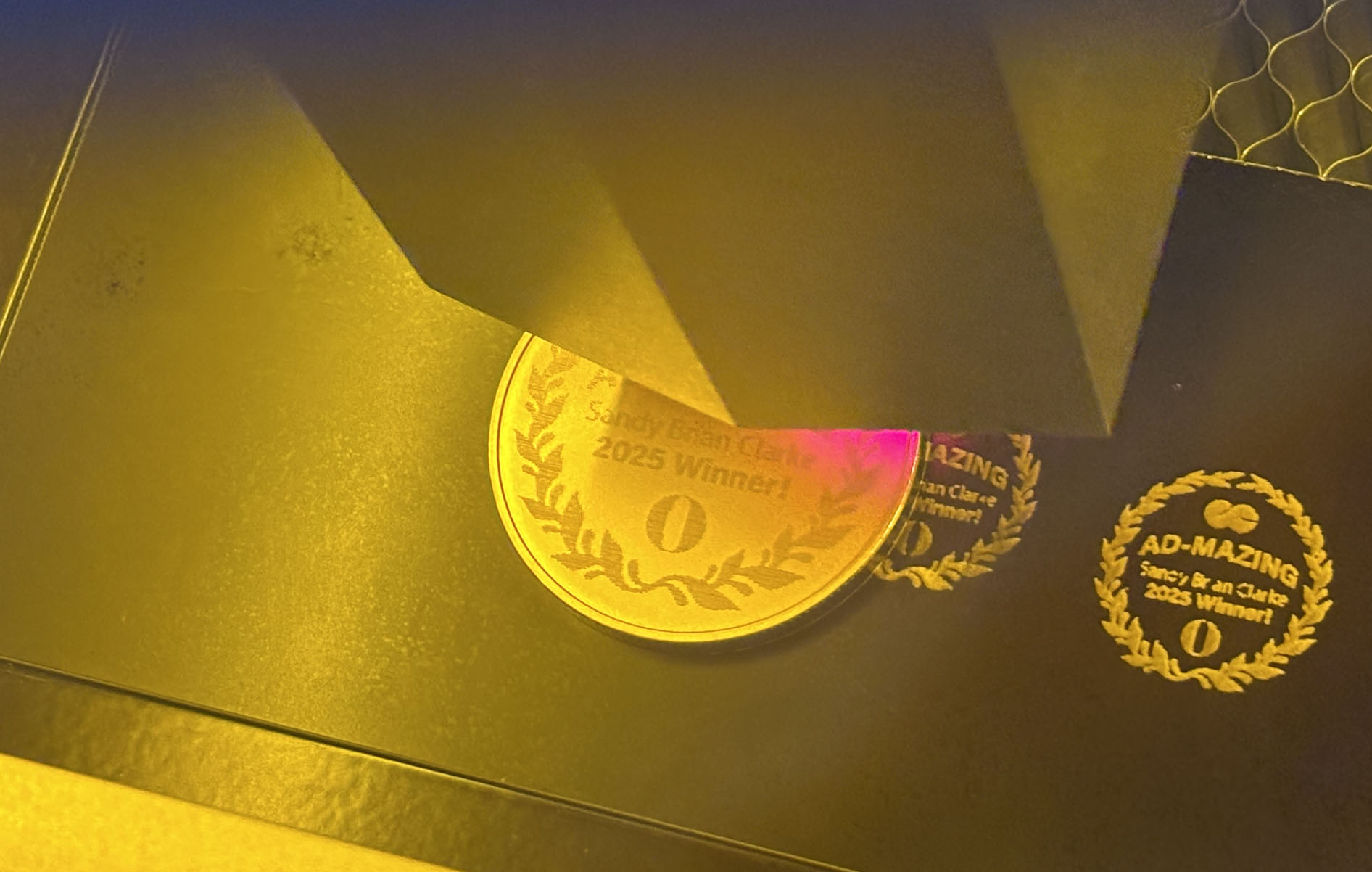
After extensive experimentation, we found that consistent and well-defined markings were produced at a speed of 1000mm/min and a power setting of 80%. It is crucial to note that attempting to engrave at any faster speed resulted in noticeable streaking across the coin’s surface, compromising the quality of the design.

While the end results did vary slightly amongst the individual coins, likely due to subtle differences in their finish and coating, the overall outcome using the TOOCAA IR module allowed us to create some genuinely great-looking award samples. This demonstrates that with the right IR laser head and precise parameter tuning, these coins can indeed be successfully marked, opening up possibilities for personalised metallic creations.

This finding significantly changes our initial assessment for users with a TOOCAA IR 2W Laser Head, offering a viable solution for engraving these blanks.
#LaserEngraving #ProductReview #DiodeLaser #InfraredLaser #LaserTips #BuyerBeware #MetalEngraving #LaserFail #SaveYourMoney #EngravingBlanks

Contributor at TopEngravers. Providing reviews on laser-engravable products. Helping enthusiasts and professionals discover the best tools and materials.
